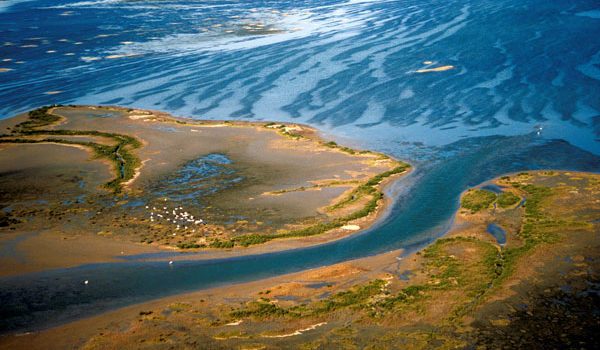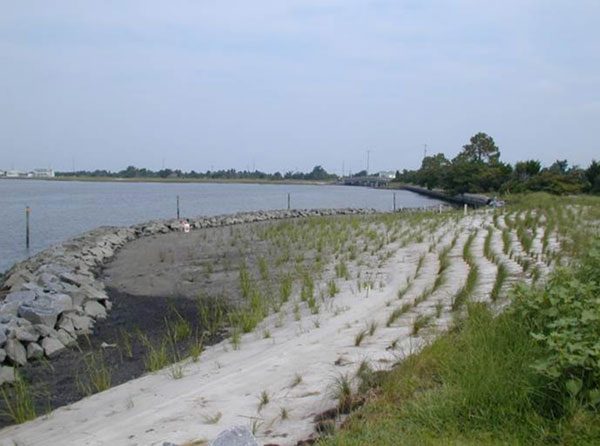
Welcome Back!
Hello all you estuary lovers out there! We are so excited to get our blog back up and running again!
We hope that this blog can serve as place where you can learn something new about our coasts and estuaries, find out more about the work going on around the country to restore and protect our estuaries, and of course, to find pictures of cute animals (isn’t that why we’re all really here??).

For those of you new here, let me tell you first a bit about Restore America’s Estuaries (lovingly called RAE, pronounced ray. Yes, like a ray of sunshine). RAE is a national alliance of 10 conservation groups around the country, stretching from Rhode Island to Washington State. You can find out more about our member groups here. Together, we work to restore coastal wetlands, improve water quality, open fish passages, build nature-based infrastructure, re-plant salt marshes, and restore shellfish habitat.
We also provide a united voice for coastal conservation in the nation’s capital and advance the science and practice of protecting and restoring estuaries through on-the ground projects, groundbreaking science, high-level meetings, and the power of convening people.

At our core, we at RAE are dedicated to the protection and restoration of bays and estuaries as essential resources for our nation.
Much of our attention lately has been focused on living shorelines and blue carbon.
“What in the world are those??” you might be asking. Well, great question!
“Living shorelines” is a term used to define a variety of shoreline protection alternatives that allow for and restore natural coastal process through strategic placement of plants, stone, sand fill, and other structural and organic materials. Also commonly referred to as a nature-based solution, living shorelines often rely on native plants, sometimes supplemented with stone sills, off-shore breakwaters, groins or biologs or other structural approaches to reduce erosion, trap sediment, and filter runoff, while maintaining or increasing beach wetland habitat, and/or riparian habitats (National Resources Council, 2007). Many of these techniques are often hybrids of traditional “hard” shoreline armoring techniques and softer approaches to protecting shorelines and mitigating erosion. Ultimately, the goal of living shorelines is to stabilize the shoreline while also maintaining the critical ecological services and functions provided by natural shoreline systems. You can find out so much more at our Living shorelines online Academy here.
On a related note, our Second National Living Shorelines Technology Transfer Workshop is February 21-22, 2018 in Oakland, CA. You can find more information about the workshop here.

“Blue carbon” is the ability of tidal wetlands and seagrass habitats to capture and store atmospheric carbon dioxide and other greenhouse gases, helping to mitigate the effects of climate change. In fact, blue carbon ecosystems remove 10 times more carbon dioxide per hectare from the atmosphere than forests. On the flipside, drained and degraded coastal wetlands release this stored carbon back into the atmosphere. So keeping these intact habitats protected is a great way for us to not exacerbate climate change. Check out our recent video in partnership with EarthCorps to learn more! You can also sign up for the Blue Carbon Buzz, a monthly newsletter that will keep you up-to-date on the latest and greatest blue carbon happenings.

Keep an eye out as we continue to post new content about our work and guest blogs from our partners in the field! And if there’s anything you want us to cover in a blog post, let us know! We always love hearing from you.
In the meantime, you can sign up for our monthly newsletter to stay up to date on what’s happening at RAE, and you can follow us on Twitter, Facebook, and Instagram for more frequent updates on all things estuaries!
